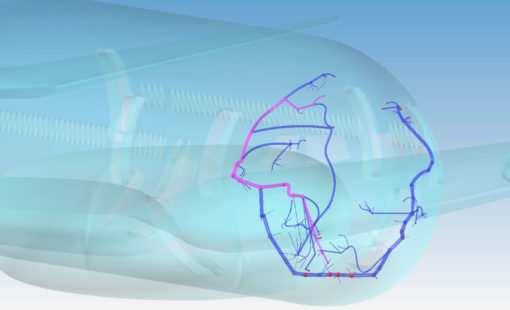
- Blog
Aircraft electrical design projects tend to be very large and extremely complex. The challenges associated with managing the sheer number of wires (required for avionics systems, engines, sensors, in-flight-entertainment etc.) is frequently compounded by the distances some signals must travel within the airframe, passing through several harnesses on route.
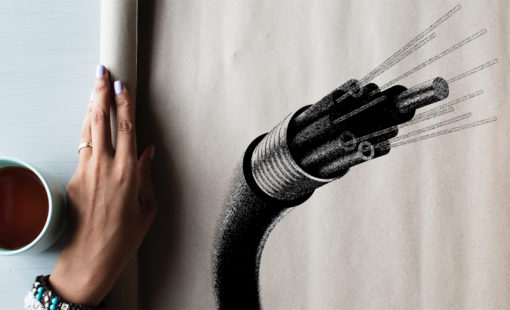
- Blog
In Zuken’s E3.series, wire groups can be made up of a number of wires with identical characteristics but different part numbers. One group may contain all the available types of one specific manufacturer or one specific color. The video explains the creation of a wire group that has one specific color for all gauges.
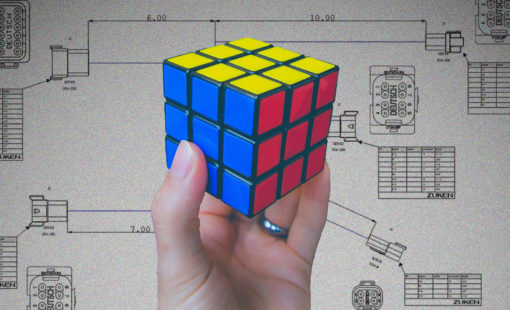
- Blog
In E3.series, levels are used to make certain things – such as symbols, symbol graphics, symbol text, empty text, graphics, text, and connetions – within your project visible or invisible with the click of a button. The video below will show you how to control these levels within your E3.series project.
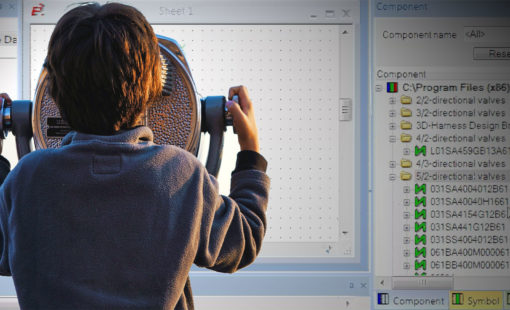
- Blog
To make the process of locating components in your E3.series library easier and quicker, you can set up search fields in the library database window, where field entries quickly narrow to show available components for selection.
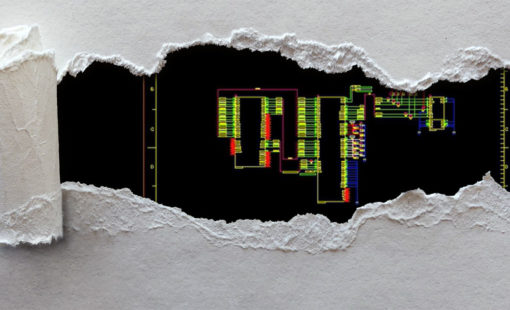
- Blog
Oftentimes when we’re working on schematics, the panel menus take up a ton of space on the screen. This is where the Design Gateway auto-hide feature comes in handy.
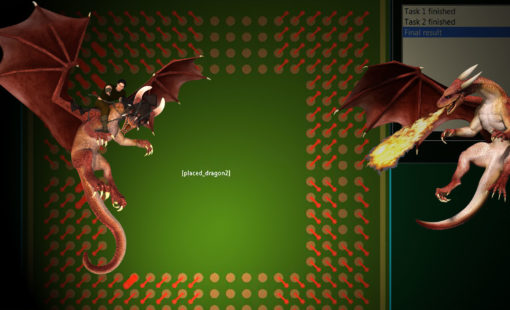
- Blog
Simply draw a Dragon area around your BGA. Then select the Dragon area and create a strategy to fanout the pads of your BGA - Watch movie
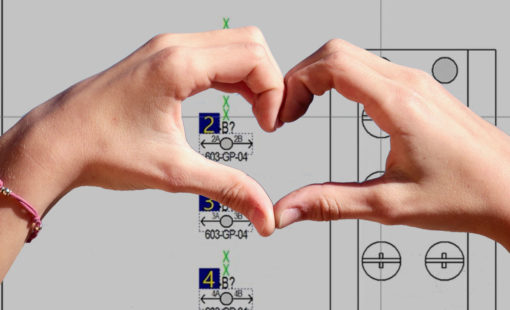
- Blog
In order to use components more effectively in your E3.series project, you can associate a model to that component. You can describe the logical characteristics of your component using Component Wizard. However, it’s best create a model of that component to describe its physical characteristics.
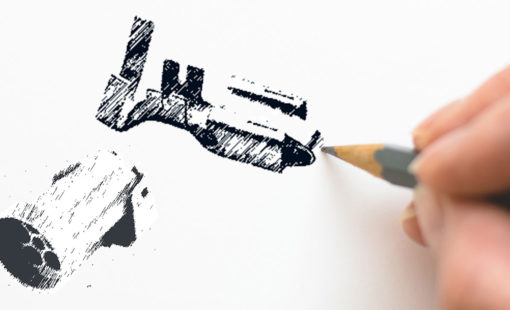
- Blog
This video illustrates the process of creating a new terminal to be used with your connectors in Zuken’s E3.series. It covers the attribute information that can be applied to this model, and the model needed for the correct terminal for any given wire size.

- Blog
Using the Context Menu will increase your design speed and make E3.series easier to use. The video below explains how to use and add your most popular commands to the Context Menu.
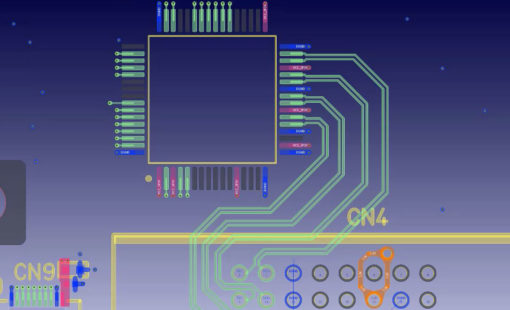
- Blog
Creating pin pairs in the Constraint Browser is fine for one or two nets at a time, but if you want to create pin pairs for a whole design, I recommend using an easy, single-step macro.
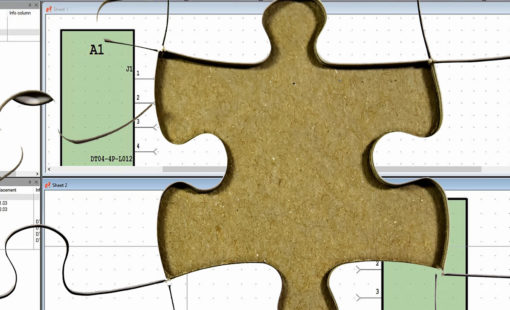
- Blog
This video walks through the process of creating connections that span more than one page in E3.series. This process comes in handy if your schematic sheet gets too crowded or your signal continues to another part of the schematic.
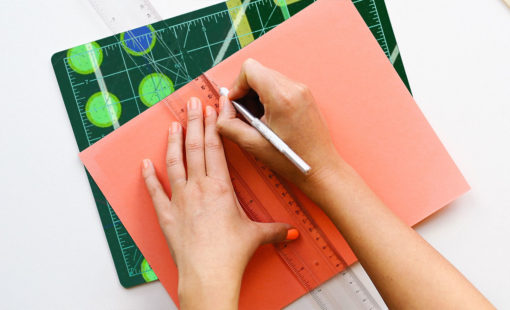
- Blog
Did you know when editing lengthening patterns in CR-8000 Design Force, you can modify the lengthening pattern, and meet your constraints all in one step?

- Blog
This will make E3.series easier to use and work faster by creating your own toolbars and keyboard shortcuts with the commands that you use most.
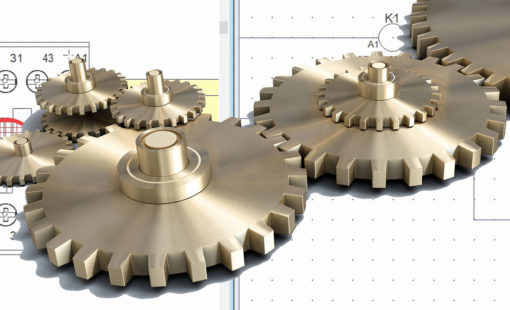
- Blog
The automation or configurability of designs is a goal every team wants to achieve, but most teams haven’t seen success mainly due to not having the right tool to get the job done. Electrical design tools that were once used by a vast number of companies originally came as extensions of mechanical design tools, or were very often just basic drafting tools. The ability to create exceptional designs without errors and do it in a fraction of the time required by other tools is the major reason why E3.series is so effective in helping design teams.
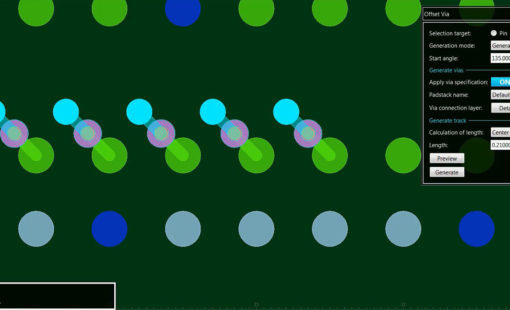
- Blog
CR-8000 Design Force 2017 has improved the offset via function by adding efficiency in pulling out tracks from vias, creating BGA designs and build-up designs. The controls are based on the following...
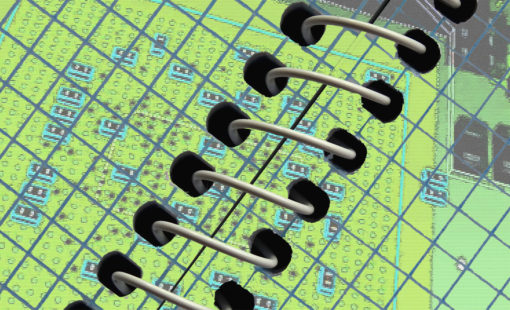
- Blog
A common task that is often dreaded among PCB designers is having to relocate a large point-count BGA that’s fanned out, and even partially escaped routed, to the opposite side of a PCB.